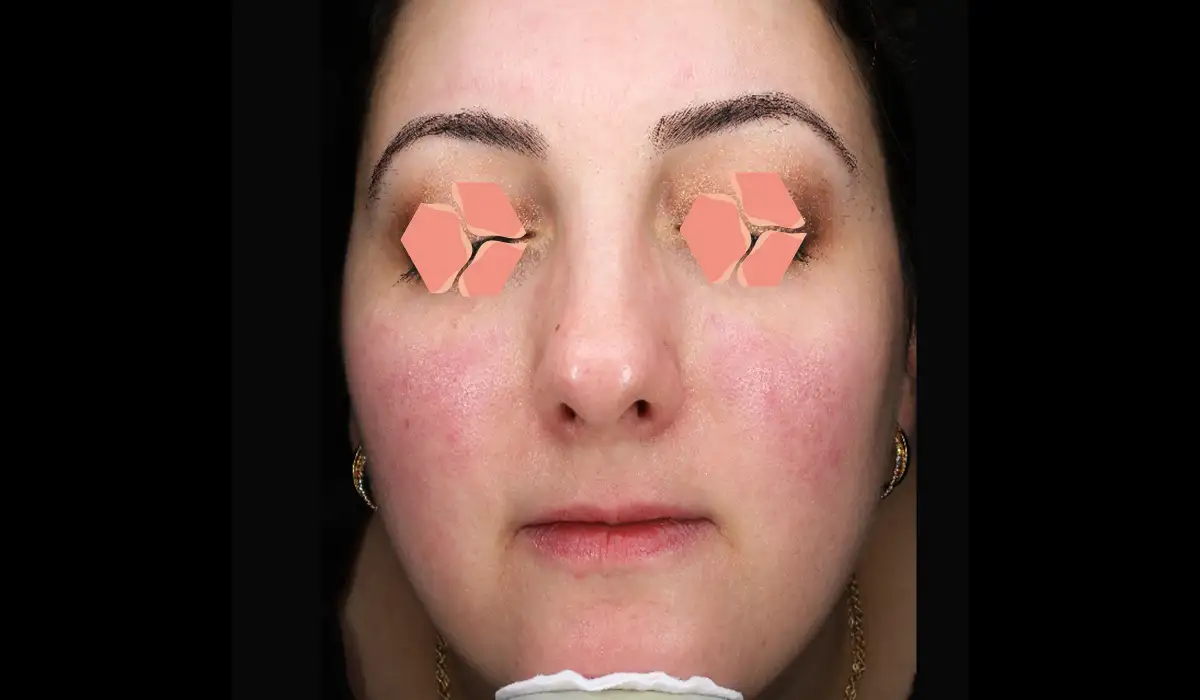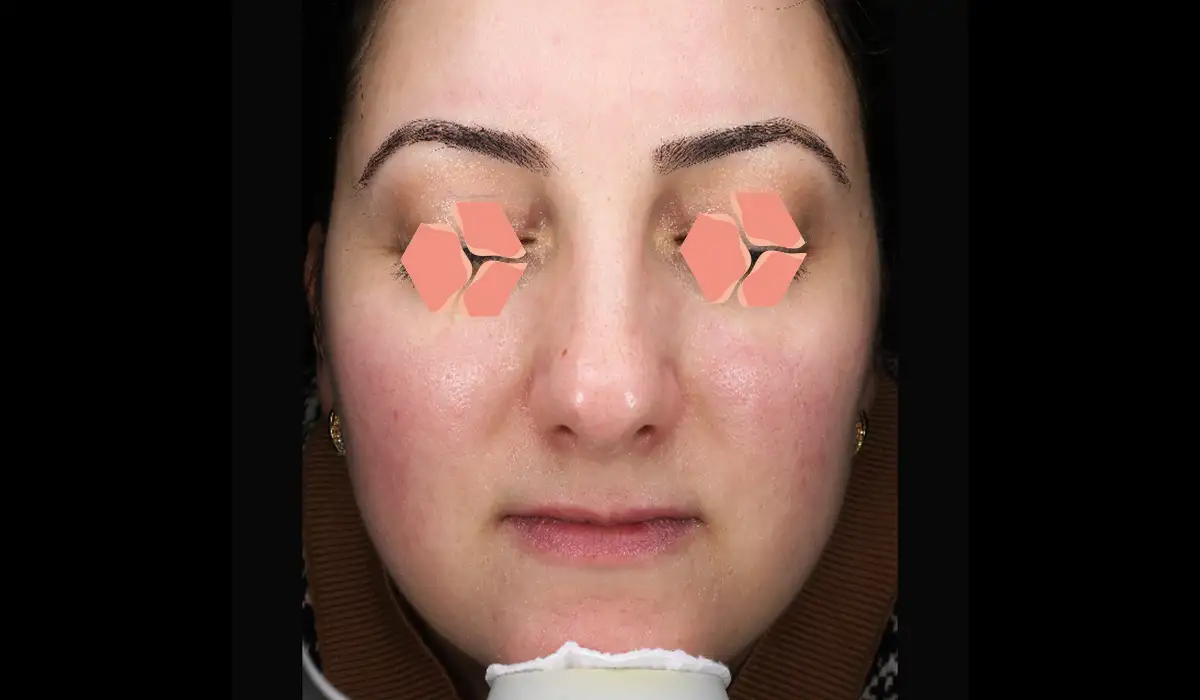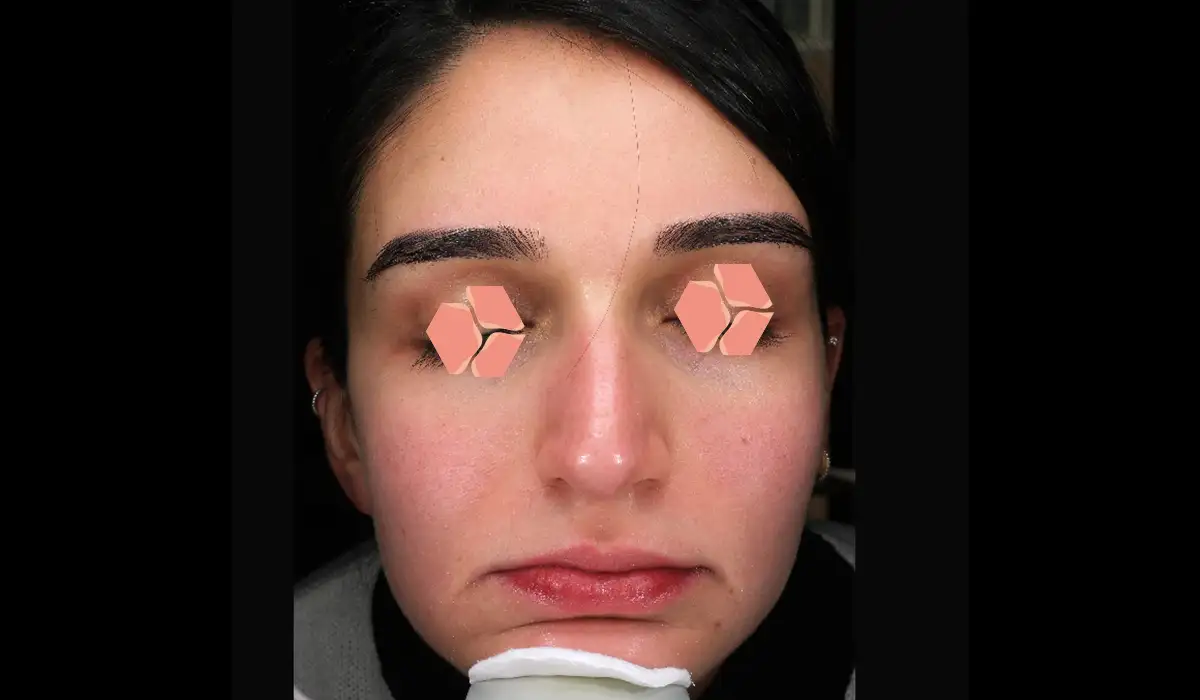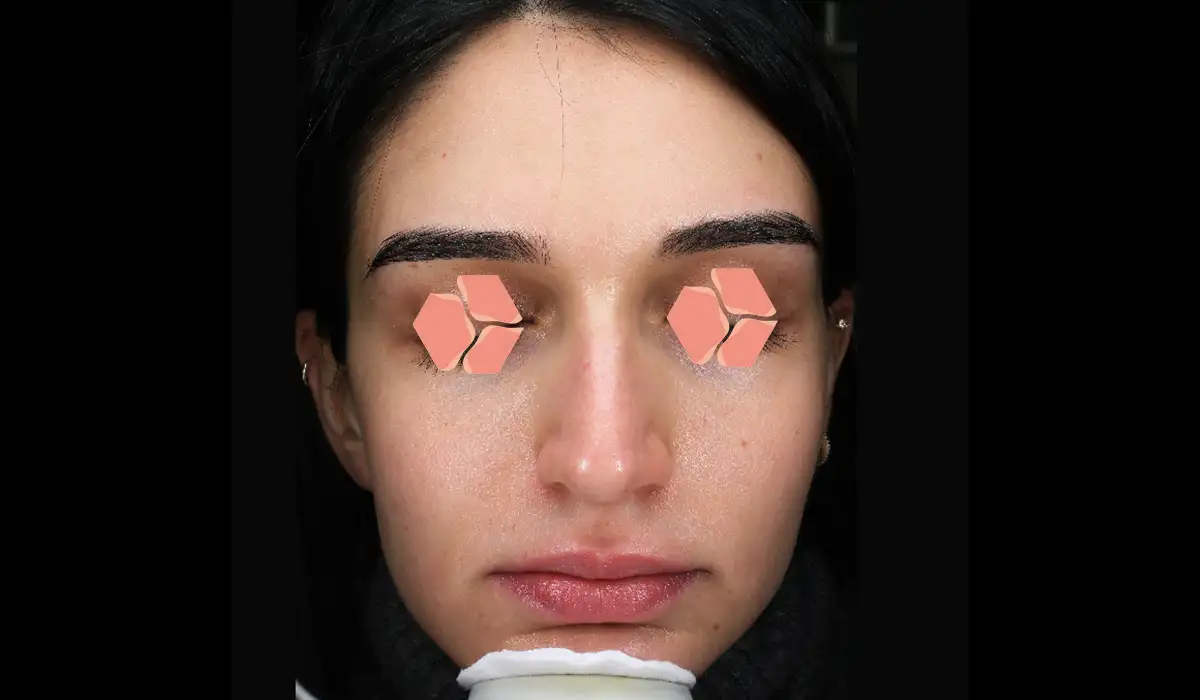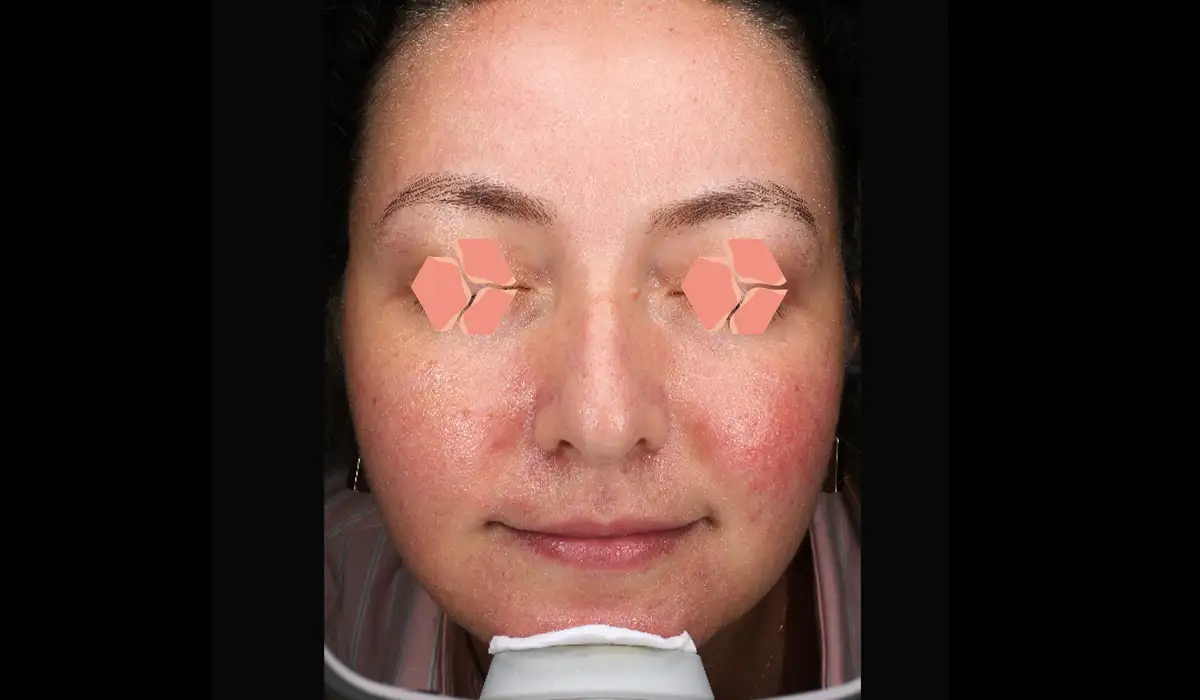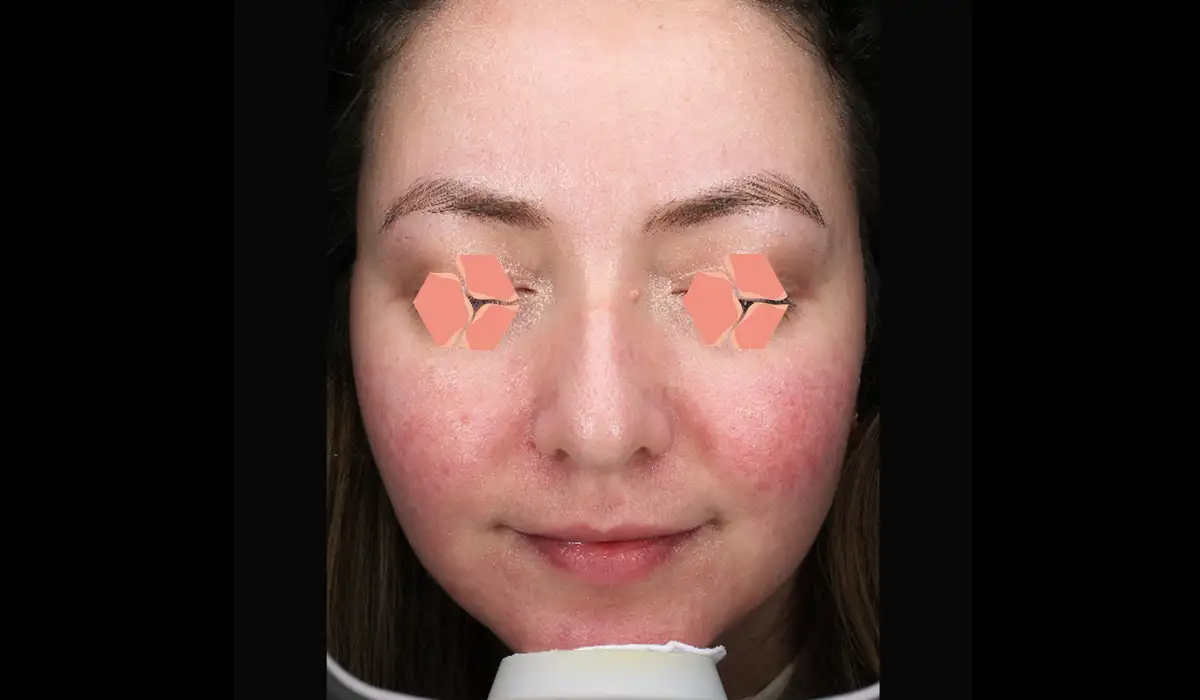WHAT IS ROSACEA DISEASE?
Rosacea (rosacea); It is a disease that causes significant redness and sometimes permanent disfigurement on the face. It is a common skin disease that affects a person's quality of life. Rosacea is also known as Rose Disease. Symptoms of this disease include inflammatory rashes on the skin, acne-like bumps, and superficial vascular dilatation. It is known as a disease seen mostly on the face and around the nose. However, this does not mean that the disease occurs only around the face. This disease can be seen at any age. However, it is known that the probability of being seen in the 30s is higher than the probability of being seen at other ages. While this disorder can be seen in 10% of women, it is known that this rate is less in men. It is known that men suffer from rosacea more severely than women. If left untreated, rosacea can cause deformities in the nose.
WHAT ARE THE TYPES OF ROSACEA?
There are 3 different types of Rosacea. Those that appear as vascular dilations are called erythematotelangiectatic rosacea, those that appear as acne-like are called papulopustular rosacea, and those that appear as redness and edema are called phymatous rosacea.
CAN ROSACEA SYMPTOMS BE CONTROLLED?
Symptoms of Rosacea disease, which causes facial redness and vascularization, can be controlled in accordance with doctor's recommendations. In rosacea, appropriate moisturizers help repair the damaged skin barrier. Skin care, consisting of a mild cleanser, moisturizer and sun protection, restores skin moisture and skin sensitivity. Perfumed sunscreens, cleansers containing alcohol and acetone, moisturizers and toners containing glycolic acid can exacerbate the disease. Therefore, such products should not be used unless recommended by your dermatologist.
HOW IS ROSACEA DISEASE TREATED?
Rosacea disease shows different symptoms in each person. It is a disease that requires different treatment methods depending on its type. Therefore, a detailed physical examination by a dermatologist is required before treating the disease. Temporary and sometimes permanent redness on the face, burning, stinging, flushing, red bumps, pimples, vascular enlargement, dryness, eye redness, stinging, burning, stinging, dryness and blurred vision are among the most well-known symptoms of this disease. The most commonly used methods in the treatment of rosacea include topical treatments containing sodium sulfacetamide, azelaic acid and metronidazole. In some cases, permethrin and ivermectin treatment may be recommended for Demodex mites that may be associated with the disease. In more severe disease, oral pill treatment may be used. Laser treatments such as ndYAG, IPL, BBL, PDL are very effective for redness and capillaries. The most appropriate treatment method should be decided by the dermatologist after a detailed examination.
Rosacea is a disease more common in women. It is more likely to occur after the age of 30. Men experience rosacea more severely than women.
Rosacea symptoms can be controlled. But it is very difficult to cure completely.
No. Rosacea is not a contagious disease.
The time you need to stay after the procedure, Assoc. Dr. It is determined by Ezgi ÖZKUR.
It is necessary to consult a dermatologist to control rosacea disease. It is a disease of different types. A detailed examination is required for treatment. Assoc. Dr. Ezgi ÖZKUR closely follows current diagnosis and treatment methods regarding Rosacea. Diagnosis and treatment processes are carried out with the most advanced medical tools.
